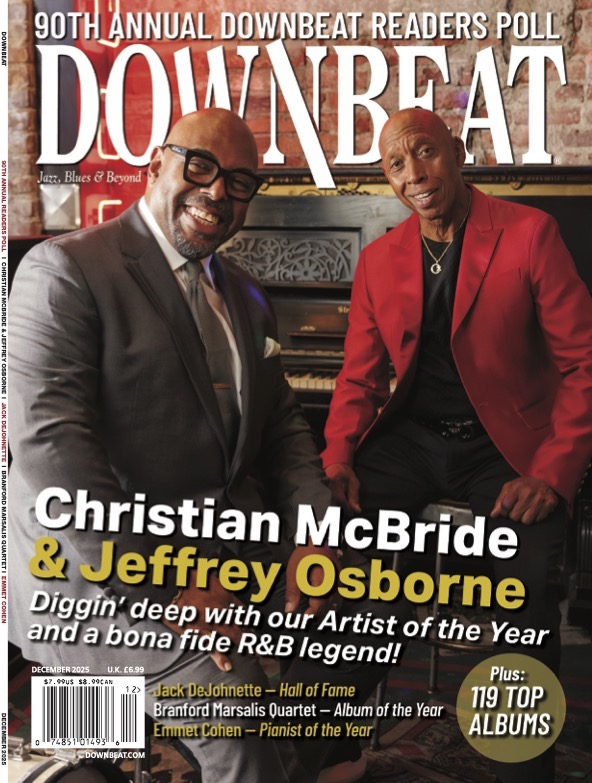Oct 28, 2025 10:47 AM
In Memoriam: Jack DeJohnette, 1942–2025
Jack DeJohnette, a bold and resourceful drummer and NEA Jazz Master who forged a unique vocabulary on the kit over his…
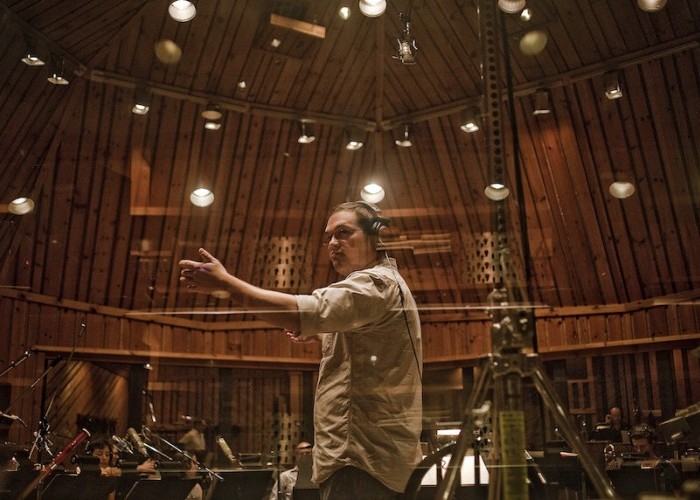
“I love the place that fate or whatever has positioned me in Gil Evans’ life and legacy,” said Ryan Truesdell.
(Photo: Todd Chalfant)“I originally set out to give two years of my life to Gil,” Ryan Truesdell said of his mindset in 2009, when he embarked on the Gil Evans Project. Sixteen years later, three weeks into April 2025, the 44-year-old arranger, composer and producer spoke with DownBeat in the tidy living room of his Upper West Side Manhattan apartment, soon to be crammed with 14 LP boxes containing the Project’s third album, Shades Of Sound: Live At Jazz Standard, Vol. 2 (Outside in Music), recorded at the now-shuttered venue during the May 13–18, 2014, engagement that also generated its predecessor, the 2015 release Lines Of Color (ArtistShare/Blue Note).
The two albums contain 19 tracks culled from the 46 charts the orchestra performed that week. Truesdell programmed and sequenced them via the template he’d established on the Project’s debut, the studio-recorded Centennial: Newly Discovered Works Of Gil Evans (ArtistShare), a 10-tune program released in May 2012 for Evans’ 100th birthday, juxtaposing choice charts Evans wrote between ages 30 to 60 — extravagantly lush, bebop-suffused orchestrations for Claude Thornhill’s 1940s dance band; obscure one-offs from the ’50s; alternate and contemporaneously unissued versions of songs that generated the apotheotic 1964 LP Individualism Of Gil Evans; as well as several well-known Evans arrangements.
“Bringing together all this music demonstrates Gil’s expanse and scope,” observes Maria Schneider, Truesdell’s mentor and employer for much of the 2000s, who apprenticed with Evans during the 1980s. “Most people know Gil’s period with Miles Davis, and maybe that he wrote for Thornhill, but not the depth and breadth of his full body of work.”
Comprising a cohort of elite New York session players and jazz soloists, the 2014 edition of the orchestra — scaled as large as 25 pieces for the Thornhill orchestrations, which include bassoon, oboe, French horns and other instruments less-traveled in commercial jazz of that era — inhabits and animates Evans’ often high-degree-of-difficulty scores with impeccable musicianship and creative intention. Fueled by the nonpareil rhythm section of pianist Frank Kimbrough (who passed away in 2020), bassist Jay Anderson and drummer Lewis Nash, they soar nonchalantly through Evans’ vertiginous bebop orchestration of “Laughing At Life,” rejected from the 1956 date he wrote it for, Truesdell speculates, “because it was too hard to play.” Wendy Gilles swings the Billie Holiday-associated lyric with relaxed time-feel and spot-on intonation; Tom Christenson (tenor) and Steve Wilson (clarinet) signify with pungent solos; lead trumpeter Augie Haas casually tosses off a stratospheric passage in the shout chorus.
In the Holiday manner, Gilles transmutes dross into diamonds on Evans’ previously unknown Tadd Dameron-esque treatment of the 1946 Bob Wills hit “I Had Someone Else Before I Had You.” Truesdell situates it in 1950, two years after Evans began working with Miles Davis on Birth Of The Cool.
“You can date Thornhill’s arrangements like tree rings, because his instrumentation changed over time,” Truesdell says, citing Thornhill’s pared-down-for-touring-purposes unit of five reeds, one horn, two trombones and no tuba.
The orchestra also nails the spare, intense, beautifully orchestrated, never-issued “Neetie’s Blues,” and two charts recorded for but not included on the LP release of Individualism. Each is in line with Evans’ post-Out Of The Cool attitude of loosening the reins and, in Truesdell’s words, “creating atmospheres for soloists to do their thing” as he shifted from his highly controlled writing for Thornhill in the 1940s and the 1957–60 Miles Davis collaborations Miles Ahead, Porgy And Bess and Sketches Of Spain that made him famous.
Thad Jones and Phil Woods contributed memorable solos in 1963 to Willie Dixon’s CD-only-issue “Spoonful.” Here, tenor saxophonist Donny McCaslin uncorks a soul-stirring declamation. McCaslin does the same on “The Barbara Song,” which traces the Individualism version, featuring Wayne Shorter’s “magical, otherworldly” solo, and not Evans’ 1971 arrangement for a huge ensemble in Berlin that Truesdell presented on Centennial. “We’ve been playing it for 14 years, and it’s always been Donny’s,” Truesdell said. “I told him: ‘You can do it different every time. Don’t do Wayne, don’t do anybody — just do you.’”
“We all respected the older music, which was groundbreaking and forward-thinking in its time, and tried to give the audience a view of what it actually sounded like, not trying to make it sound ‘modern’ — although of course we brought our contemporary sensibilities,” said Nash, who Truesdell recruited at Schneider’s suggestion in 2012. From then until 2019, he propelled the pan-idiomatic flow each annual Jazz Standard residence, re-assuming the chair in 2022, when the Project relocated to Birdland, through 2024.
“It appealed to me to play like a swing drummer circa 1940, but not sound hokey or corny, and I enjoyed the challenge of creating something without much information on the charts,” Nash continued. “Evans was incredible at creating tension-and-release with subtle rhythmic or harmonic deviations that you might miss if you aren’t listening carefully. I tried to emphasize those subtleties and the dynamic contrasts while capturing the dance.”
Immersed in the nuances of Evans’ music since he was a 17-year-old alto saxophone aspirant in Madison, Wisconsin, Truesdell traces his catalytic Evans epiphany to a summer afternoon in 2003, when Schneider — whom he’d met a few months before at their mutual alma mater, the University of Minnesota — played him “The Barbara Song” during a lesson at her apartment. “It was supposed to be an hour, but it stretched to three,” Truesdell recalled. “She told me, ‘I think this is going to blow your mind.’ Thinking about it makes the hairs on my arms stand up. I couldn’t identify what I was hearing. I wasn’t thinking, like, ‘Oh, now is the shout chorus’ — all the things I focused on in my studies. Suddenly, I was in this world of existence that was just Gil. It was magical.”
At another point, Truesdell mentioned his affinity for Evans’ Thornhill corpus, citing “Polka Dots And Moonbeams” as a favorite arrangement. “She rifled through one of her file cabinets and brought out photocopies of the original parts,” he recalled. “I offered to make her a score, and she said, ‘Sure.’ I flew home with them like they were the Dead Sea Scrolls. After I completed the score, she asked me to work on 13 charts she had to write in three or four months for an Ivan Lins–Toots Thielemans project with the Danish Radio Big Band. I copied about 10. Every morning the FedEx guy was at my door with new pages. I’d get on the speaker phone and say, ‘Wait, this chord doesn’t look right.’ She’d say, ‘Which one?’ and then flip back and play it.
“Toward the beginning of that project, I was in Minnesota while Maria was visiting her parents there, and she invited me for dinner. We had a lovely time. Then we listened late into the night to the 200 or so Ivan Lins tunes she had with her, as she asked what I thought of this or that. It was a beautiful bonding moment.”
A year later, Schneider brought Truesdell to serve as an extra pair of ears for the recording session of Concert In The Garden, which he’d copied in its entirety, and to help with post-production. Meanwhile, he’d enrolled at New England Conservatory to study composition with Bob Brookmeyer, Schneider’s mentor 20 years before. For the next few years, Truesdell (who manages the Bob Brookmeyer Musical Estate) commuted to New York “two or three weekends a month” as he helped Schneider generate the album Sky Blue. After NEC, Truesdell started road-managing Schneider’s band tours, and gradually, with Schneider’s encouragement, transitioned to a producer role.
“Ryan is very good at everything he does,” Schneider said. “He’s meticulous, professional, hard-working and a self-starter, with very good ears and judgment and great taste — and he became more and more integrated into my life. He was becoming ever more enamored of Gil Evans’ music, and I was confident in his abilities, so I thought he could be very helpful to the Evans family in organizing Gil’s music, and I made that introduction.”
With the family’s blessing, Truesdell scanned some 5,000 pages of Evans’ scores and began his forensic investigations into their provenance. “I was uncovering a tremendous amount of unknown, unrecorded music, much of it of high quality, and I wanted to hear the colors Gil came up with on these arrangements,” he said. In 2008, Schneider suggested that Truesdell record his discoveries to coincide with Evans’ looming centennial. Truesdell set up a three-day reading session at Eastman School of Music to winnow the 70-plus charts he’d accumulated to about 30 of the strongest. “My initial plan was to record them all over a week in the studio for release in a massive box set, but it became apparent that the cost was not feasible,” he said. “So I decided to do one record, and then be done with it.”
Meanwhile, in 2011, the just-relaunched Impulse! label was planning a 50th anniversary celebration at the Jazz Standard, for which Schneider was asked to perform Out Of The Cool. She had a conflict and suggested Truesdell. He convened a 15-piece band, played a “very successful” three-set evening. Soon thereafter, he was booked for Evans’ 100th birthday week to frame Centennial’s release.
Centennial’s critical and commercial success thwarted Truesdell’s intention to move on. “People kept asking when the next record was coming,” he said. “I was holding these gems by one of the world’s greatest jazz composers that no one knew existed. It was historically and auditorily significant to present this music. Since no one else was doing it, I felt it was my responsibility to bring it to life. So I decided to record the music live at the Standard and release it over time.”
Truesdell attributed his hesitancy to release volume two from the Jazz Standard to the already ongoing transition to streaming between 2012 and Lines Of Sound’s 2015 release. “People kept telling me they’d buy the record but had nothing to play it on,” he said. But by 2019, it became evident that “for us to continue, we needed something new.”
The COVID lockdown and its chaotic aftermath scuttled his plan to release Shades Of Sound in conjunction with a performance of Sketches Of Spain in May 2022 for Evans’ 110th birthday. Truesdell “got sidetracked,” absorbing himself in the gestation and execution of last year’s protean, three-CD release Synthesis, for which he drew on personal savings to commission 13 composers to write 17 pan-genre string quartets. Last fall, after coordinating the many moving parts involved in that much-praised release, Truesdell “realized I’d never actually released Shades Of Sound” and applied himself to the mixing and editing.
As we spoke, the Project’s next annual Birdland gig was three weeks away. On the first two nights, Truesdell would perform Out Of The Cool, 15 years after his debut concert at the Jazz Standard. Following was a one-night release party for Shades Of Sound, and two all-Thornhill nights including Evans’ charts for a vocal quartet and a more Thornhillian-scaled big band of six reeds, four trumpets, three trombones, two French horns, tuba and three rhythm.
Truesdell considered a question about the Project’s sustainability and his own compositional ambitions. “I have plans for 2026 and 2027, but purely from a logistical standpoint, it gets harder and harder to pull this off,” he said. “But whenever I ask band members, ‘What if this was the last one?’ — just hypothetically — everyone says, ‘It would be a shame; this music is so great; it’s my favorite gig of the year.’
“I love this music, I love Gil and his family, and I love the place that fate or whatever has positioned me in his life and legacy. I’m very proud of what I’ve done and continue to do with Gil’s music. I also love being able to write my own music. But it’s hard for me to sit at home and think about me all day long. It’s not fun. Ultimately, I love being in a collaborative setting.” DB
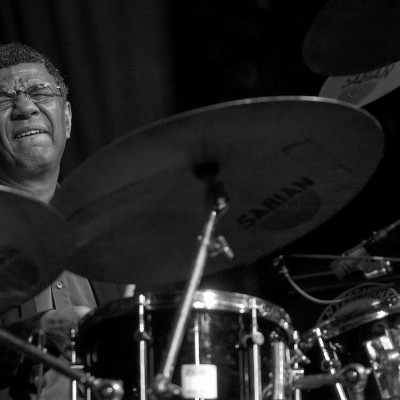
Jack DeJohnette boasted a musical resume that was as long as it was fearsome.
Oct 28, 2025 10:47 AM
Jack DeJohnette, a bold and resourceful drummer and NEA Jazz Master who forged a unique vocabulary on the kit over his…
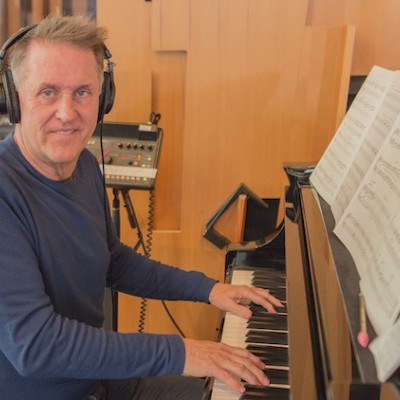
Goodwin was one of the most acclaimed, successful and influential jazz musicians of his generation.
Dec 9, 2025 12:28 PM
Gordon Goodwin, an award-winning saxophonist, pianist, bandleader, composer and arranger, died Dec. 8 in Los Angeles.…
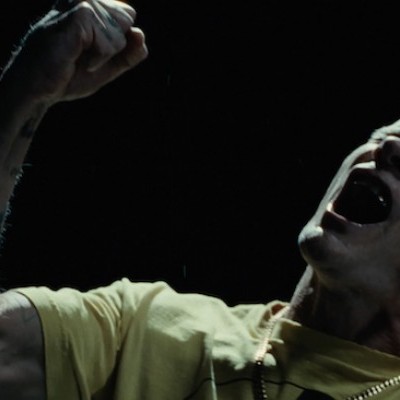
Flea has returned to his first instrument — the trumpet — and assembled a dream band of jazz musicians to record a new album.
Dec 2, 2025 2:01 AM
After a nearly five-decade career as one of his generation’s defining rock bassists, Flea has returned to his first…

Nov 13, 2025 10:00 AM
For results of DownBeat’s 90th Annual Readers Poll, complete with feature articles from our December 2025 issue,…
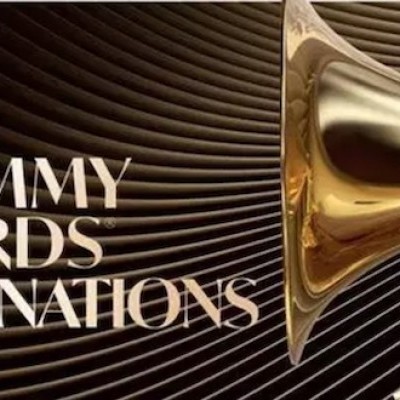
To see the complete list of nominations for the 2026 Grammy Awards, go to grammy.com.
Nov 11, 2025 12:35 PM
The nominations for the 2026 Grammy Awards are in, with plenty to smile about for the worlds of jazz, blues and beyond.…

